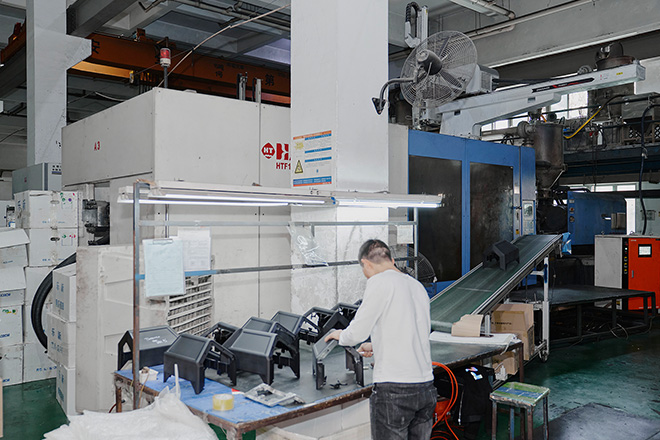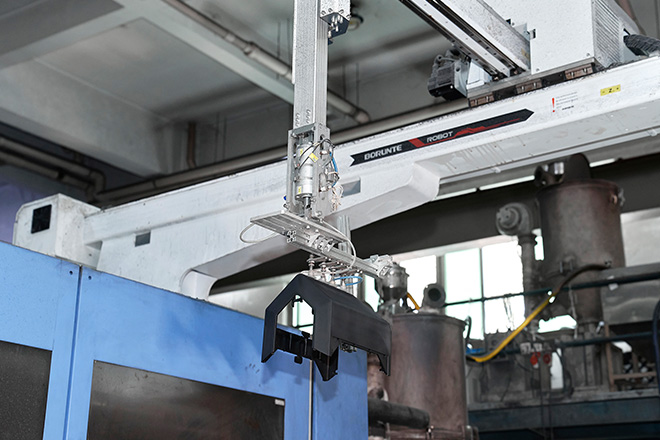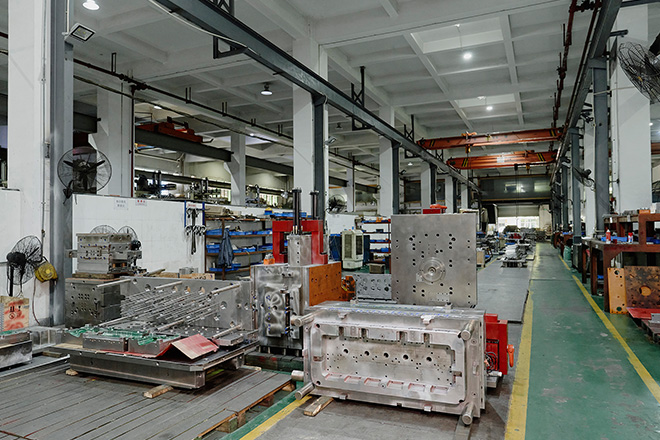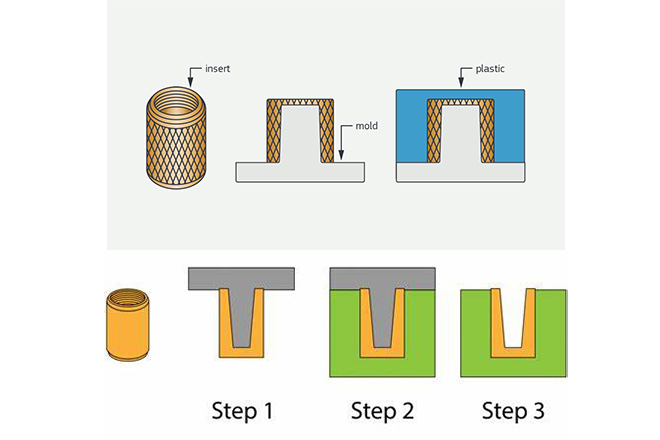Premium provides insert molding service, which is a process that requires an insert to be pre-placed in the mold for injected plastic to flow around.
Plastic insert molding is ideal for improving the strength and reliability of a component by eliminating the need for secondary operations such as soldering, connectors, and adhesives. Insert molding can be accomplished through manual insert loading, the general cost-effective way to approach low volume applications or extremely complex part geometries, but automatic insert molding is a better choice for part consistency. It reduces human error, improves efficiencies, and ensures optimal cycle times.

Insert molding can be processed both vertical and horizontal molding machines:
1. The inserts are loaded into the custom mold manually or robotically.
2. Molten plastic is injected into the mold.
3. The mold opens once cooling and the components are removed.
4. Components are separated from the sprue and inspected.


Advantages | Reduced size and weight |
Save assembly costs | |
Enhanced design flexibility | |
Improved component reliability | |
Improved part strength and durability | |
Disadvantages | Higher unit pricing |
High defective rate |

Firstly, pellet resin is added to a hopper that serves as a material inlet in insert molding process.
Secondly, the pellets are heated into a liquid in the cylinder, completing the preparation process for ejection during the insert injection moulding process.
The material from the nozzle in the injection section is then injected into the insert injection molding section through a pipe inside the mold called the injection port and through further branching channels.
After the material is cooled and solidified, open the mold and discharge the molded products to the outside.
In the final refining process, the injection port and flow passage will be cut and the metal insert molding part will be finished.